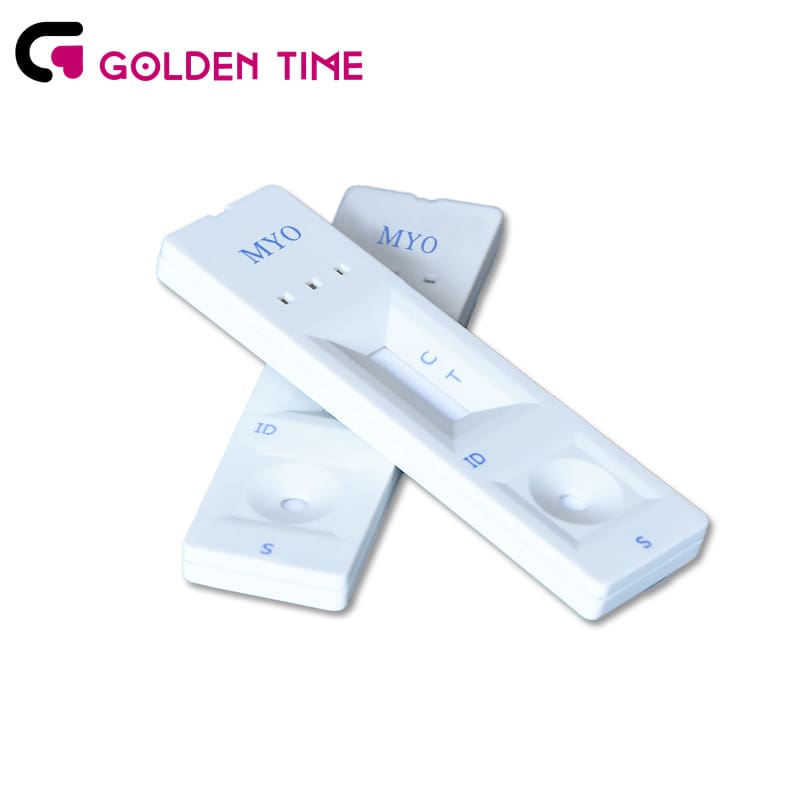Lis . 30, 2024 10:51 Back to list
Rapid Antigen Testing for Influenza Detection in Clinical Settings and Its Effectiveness
Understanding Influenza Rapid Antigen Tests A Key Tool in Diagnosing the Flu
Influenza, commonly known as the flu, is a contagious respiratory illness caused by influenza viruses. With symptoms ranging from mild to severe, it can lead to significant health complications, particularly in vulnerable populations such as young children, elderly individuals, and those with compromised immune systems. Early diagnosis and treatment are crucial in managing the flu effectively, and this is where influenza rapid antigen tests come into play.
What are Influenza Rapid Antigen Tests?
Influenza rapid antigen tests are diagnostic tools that quickly identify the presence of influenza virus antigens in respiratory specimens, typically obtained from the nose or throat. These tests work by detecting specific proteins from the virus that trigger an immune response in the body. Unlike the traditional polymerase chain reaction (PCR) tests that take longer and require specialized equipment, rapid antigen tests can provide results within 15 to 30 minutes, making them a valuable resource in clinical settings, especially during flu season.
How Do They Work?
The procedure for conducting an influenza rapid antigen test is straightforward. A healthcare provider collects a sample using a swab from the patient’s nasal passage or throat. This sample is then mixed with a testing solution that interacts with the viral antigens if present. After a brief incubation period, the test displays results that typically show positive or negative indicators for the influenza virus. Some tests may also differentiate between influenza A and B, further aiding in determining the specific strain of the virus.
Advantages of Rapid Antigen Testing
One of the primary advantages of rapid antigen tests is their speed. The ability to provide results in a timely manner enables healthcare providers to initiate appropriate treatment plans almost immediately, which can significantly improve patient outcomes. Additionally, these tests are relatively easy to use, require minimal lab infrastructure, and can be conducted in various settings, including clinics, emergency rooms, and even at home.
influenza rapid antigen test

Another benefit is the capacity to screen large populations quickly, which is especially beneficial during outbreaks or flu seasons. By promptly identifying infected individuals, public health officials can implement measures to control the spread of the virus, such as isolation protocols or vaccination campaigns.
Limitations of Rapid Antigen Tests
Despite their advantages, influenza rapid antigen tests have limitations. One notable drawback is their lower sensitivity compared to PCR tests. This means that while they can accurately identify many cases of the flu, they may produce false-negative results, particularly in individuals with low viral loads or those tested early or late in their illness. Consequently, a negative result does not definitively rule out the presence of influenza, and clinical judgment should always accompany the interpretation of test results.
Furthermore, the specificity of some rapid antigen tests can lead to false-positive results, which can cause unnecessary anxiety and potentially lead to inappropriate treatments. Because of these limitations, healthcare providers often consider clinical symptoms along with test results when diagnosing influenza.
Conclusion
Influenza rapid antigen tests are a crucial tool in the early detection and management of influenza. Their speed and ease of use make them valuable assets in both clinical and public health settings, allowing for timely interventions that can reduce the burden of the flu. However, it is essential to recognize their limitations and interpret results in the context of clinical findings.
As the flu continues to affect millions of people each year, ongoing research and development in diagnostic testing will play a significant role in improving accuracy and reliability. In the meantime, the influenza rapid antigen test remains an important option for health professionals navigating the challenges posed by seasonal epidemics and potential pandemic threats.
-
Malaria Pf/Pan Ag Rapid Test Kit for Fast, Accurate Diagnosis
NewsAug.07,2025
-
Rapid Canine Corona Test: Fast & Accurate Results
NewsAug.06,2025
-
Rapid BZO Test Kit - Fast & Accurate Benzodiazepines Detection
NewsAug.04,2025
-
China Nylon Flocking Swabs - AI Enhanced Quality Collectors
NewsAug.03,2025
-
Highly Accurate hCG Pregnancy Test Strips - 5 Min Results
NewsAug.02,2025
-
Premium Empty ABS Plastic Cassettes: Durable & Lightweight Storage
NewsAug.01,2025

